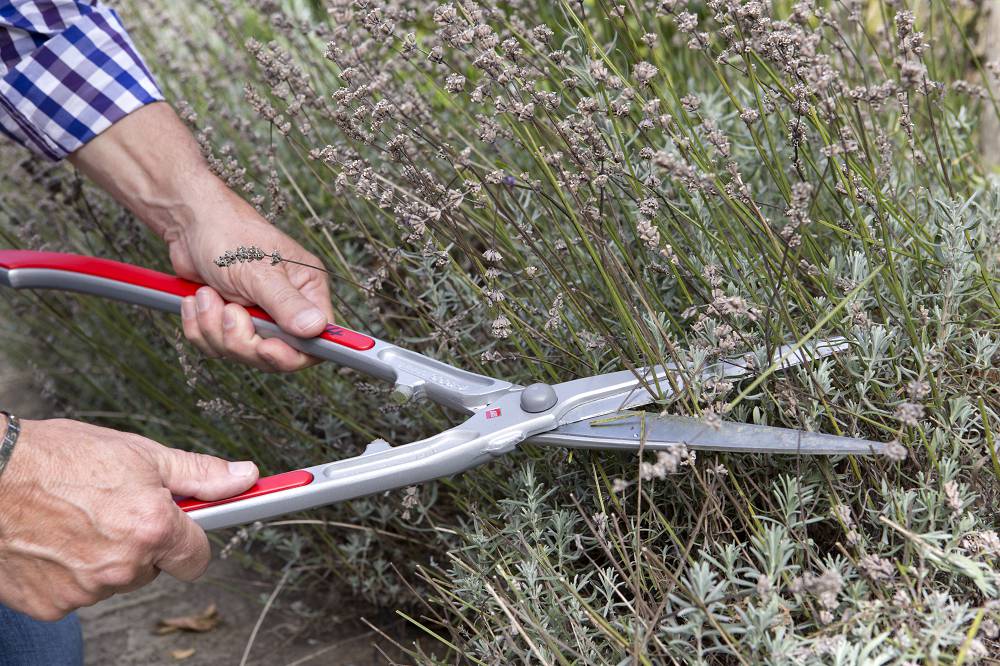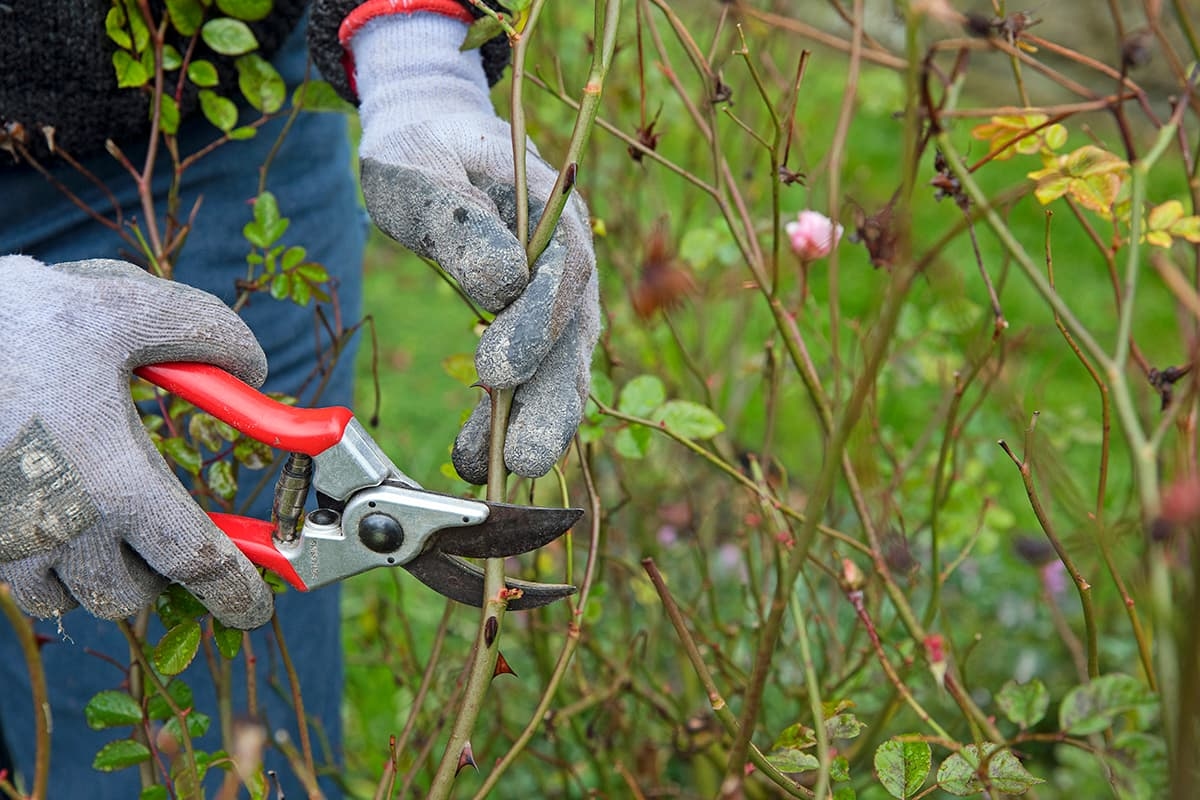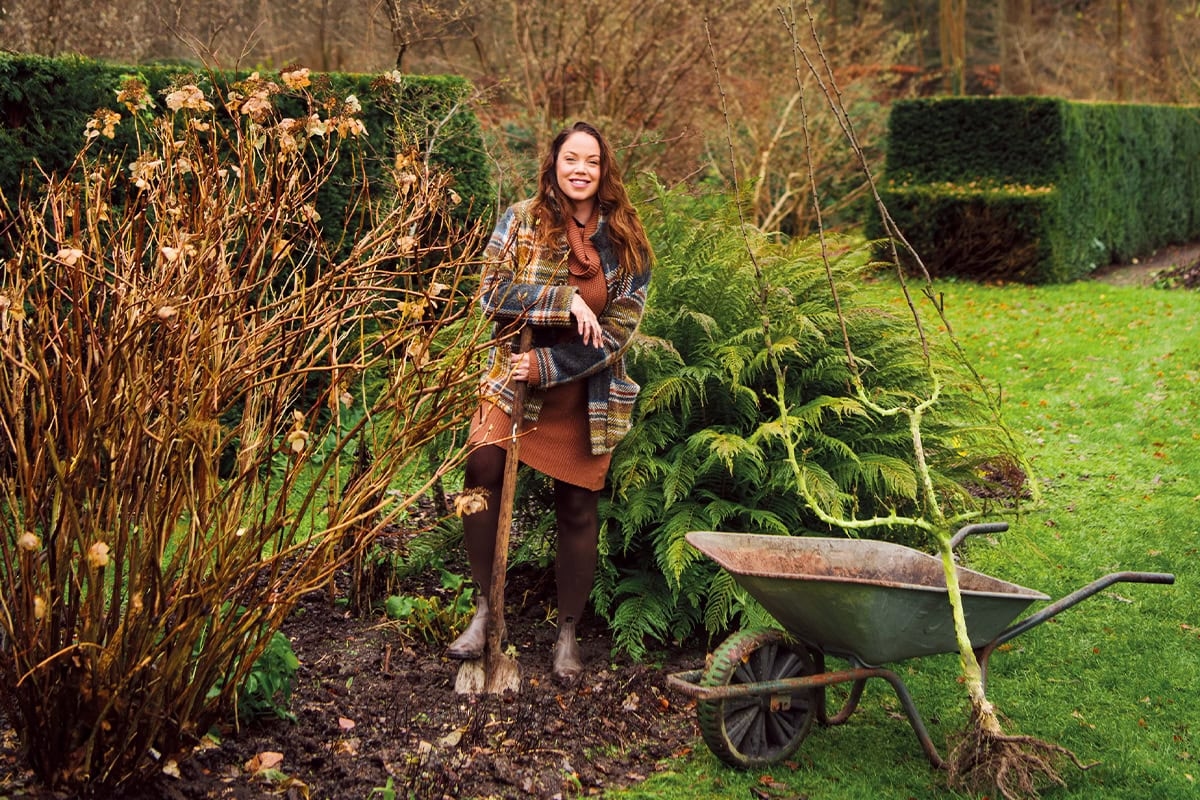This is what you can prune in the fall

Discover which plants you should prune in the fall and how best to approach fall pruning.
Read more below the advertisement

Autumn is a busy time on the pruning calendar. Many plants that played a starring role in summer now require some maintenance. Pruning dead branches to prevent fungus from taking hold is important, for example. Many fruit bushes benefit from thinning. And perennials without decorative seed heads can (usually) be cut back to the ground.
When pruning in autumn, it's especially important to cut branches and stems at an angle. This way, less water will remain on the wound, reducing the risk of fungal infection. This is one of the most common pruning mistakes . Grab your pruning shears and get started on the following trees, shrubs, and plants.

Prune canes of summer raspberries (pictured) that have borne fruit. You can now cut these old canes back to the ground. Tie in the new, green canes, as these will support next year's harvest.


If your borders are full of tall and messy perennials, remove the dead flower stems (and some leaves if necessary) to give them some winter shape. Think, for example, oflarkspur ( Delphinium ) , lupine , phlox , and dead asters . Alternatively, you can leave the plants alone, especially if they have attractive seed heads, as this attracts many garden animals, such as birds .
Tip!

Mediterranean shrubs such as rosemary , lavender , and cistus should be pruned after flowering, but certainly before winter. Cut back the plants with pruning shears to tidy them up, remove dead flowers, and shape them in one fell swoop. Never cut into old wood, as this can kill the plants.









%3Aformat(jpeg)%3Abackground_color(fff)%2Fhttps%253A%252F%252Fwww.metronieuws.nl%252Fwp-content%252Fuploads%252F2025%252F10%252FZuid-Tirol-Dolomieten-2.jpg&w=3840&q=100)

%3Aformat(jpeg)%3Abackground_color(fff)%2Fhttps%253A%252F%252Fwww.metronieuws.nl%252Fwp-content%252Fuploads%252F2025%252F11%252Fpexels-olly-842912.jpg&w=3840&q=100)